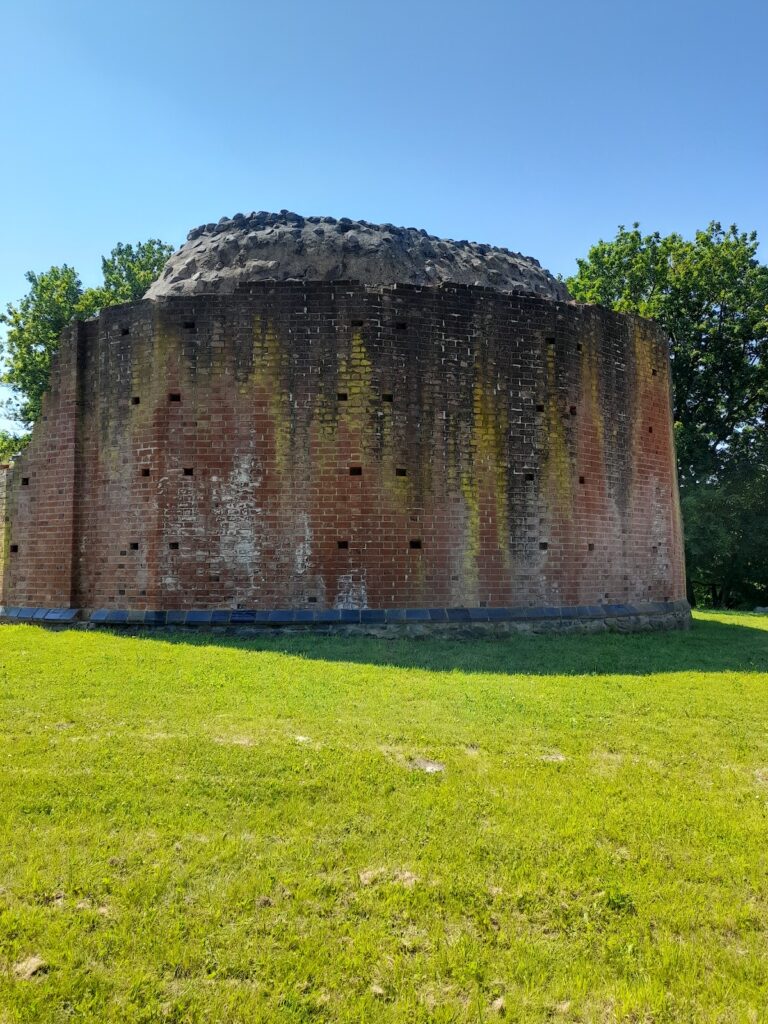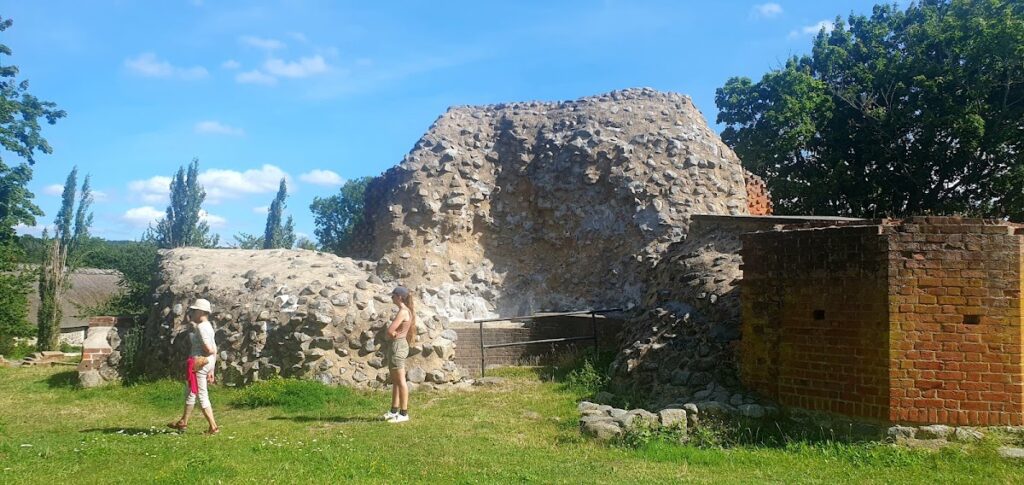Sölvesborgs slott: A Medieval Fortress Ruin in Sweden
Visitor Information
Google Rating: 4.1
Popularity: Low
Google Maps: View on Google Maps
Country: Sweden
Civilization: Unclassified
Remains: Military
History
Sölvesborgs slott is a medieval fortress ruin situated in the municipality of Sölvesborg, Sweden. It was originally established in the 1200s by Danish builders during a time when the region, now part of Sweden, was under Danish rule. The fortress played a central role in controlling the connection between the Danish provinces of Skåne and Blekinge, positioned strategically between a natural ridge and the bay.
From the early 14th century, the castle saw a series of power shifts. Although Swedish forces took control in 1332, the fortress was reclaimed by King Valdemar III of Denmark in 1359. In the early 1400s, notable monarchs such as Queen Margrethe I and King Erik of Pomerania frequently resided there. The castle was a site of political importance, hosting a significant meeting of Danish and Swedish councilors in 1402.
The fortress became embroiled in regional conflicts during the 15th and 16th centuries. It was captured in 1436 amid the uprising led by Engelbrekt Engelbrektsson, changing hands multiple times afterwards. Throughout this period, the castle endured sieges and was occasionally pawned as financial arrangements shifted. A crucial event occurred in 1564 during the Nordic Seven Years’ War, when the Danish lensman Verner Parsberg deliberately set fire to the castle and retreated ahead of advancing Swedish troops. Afterward, the Swedes plundered and burned what remained of the fortress.
By the late 1500s, the fortress ceased to serve a military role but continued functioning as an administrative center for the Sølvesborg len, a territorial division responsible for tax collection under the Danish-Norwegian crown until 1662. Swedish forces occupied the castle in 1645 and reinforced its defenses, including the town harbor, in efforts to solidify control. The final Danish official in charge, Niels Krabbe, formally transferred the castle to Sweden in 1658, marking the end of Danish administration.
During the 18th century, parts of the castle and its prominent tower were dismantled and used as a source of building materials, despite laws established in 1816 aimed at protecting the site. Archaeological excavations carried out from 1940 to 1942 under the supervision of intendant Lars Göran Kindström revealed multiple stages of construction and uncovered structural details that have informed the current understanding of the fortress’s development.
Remains
The ruins of Sölvesborgs slott reveal a complex layout centered around a raised mound, which was artificially raised by approximately three meters during the final construction phase of the castle. Atop this mound stands the remains of a large, round defensive tower measuring about 17 meters in diameter. The tower’s walls are notably thick, reaching up to 5.5 meters, and it was constructed using a method known as “skalmursteknik.” This technique involves two outer shells made of brick, between which a mixture of mortar and large stones was packed to create a sturdy and resilient structure.
Architecturally, the tower’s lower section likely formed a sixteen-sided polygon that shifted to an octagonal shape in its upper part. Inside, different floors were connected by a projecting stair tower, allowing access throughout the structure. Today, the tower ruins rise to roughly eleven meters, though much of the original brickwork has been removed over time due to quarrying.
Beneath the tower lies a deep cellar room that has survived relatively intact. Local legend suggests that this cellar once concealed treasure buried by the famed admiral Søren Norby, but no such findings emerged during archaeological investigations. Surrounding the main fortress, a wide moat about 15 meters across once provided an additional layer of defense. To the west, a medieval outer bailey contained essential farm buildings and stables that supported the castle’s functioning.
In addition to the tower and moat, the remains extend to the castle courtyard and adjacent structures, whose ruins still mark the area. The fortress controlled a bay that historically served as an important medieval landing area facilitating border trade between Danish Blekinge and Swedish Småland. The castle park also preserves Blekinge’s largest copper beech tree, notable for its impressive circumference of 430 centimeters, contributing a natural monument to the cultural landscape of the site.










